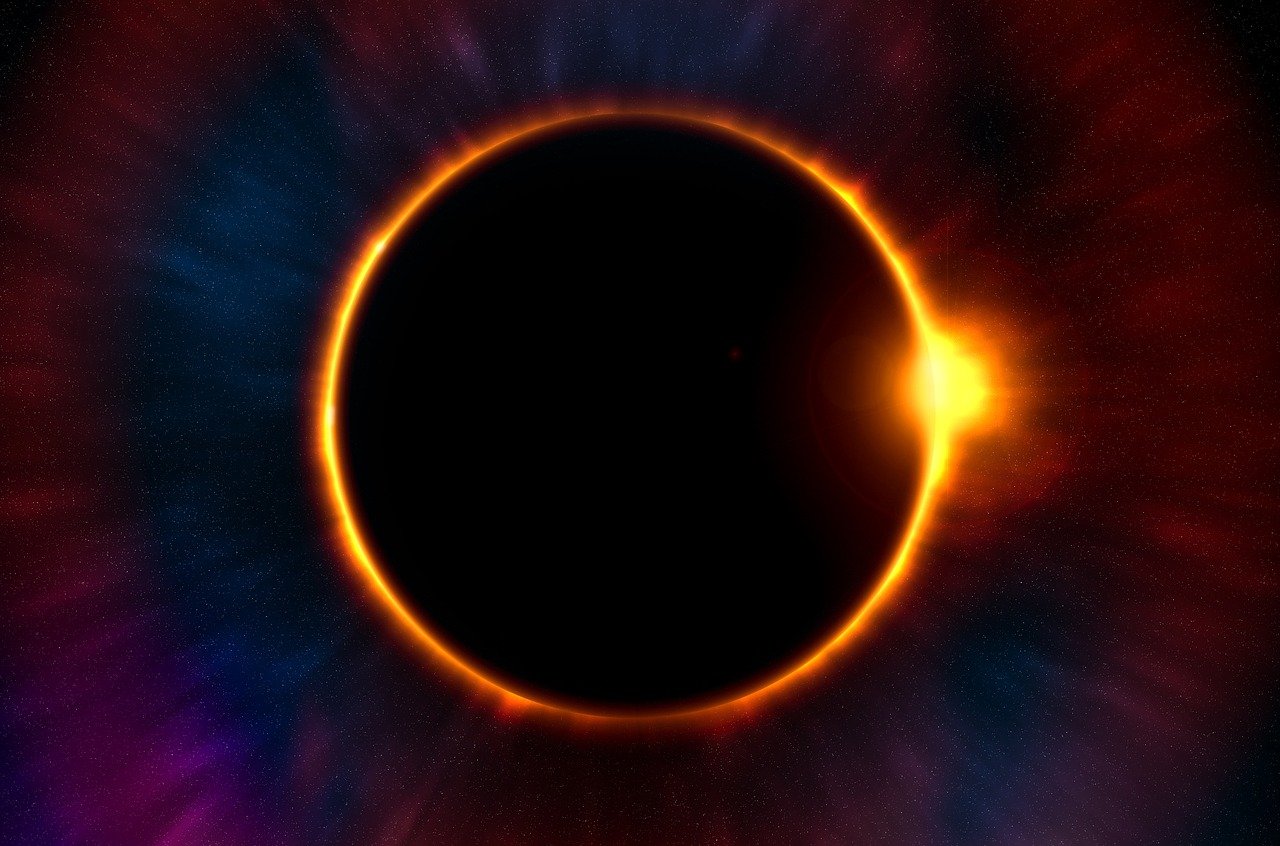In only several billion years, the Sun will swell to the size of a red giant, which would eventually swallow our whole planet. The Earth, on the other hand, will become uninhabitable much sooner than that. According to scientists, after about a billion years, the Sun will grow hot enough to boil our seas. The Sun is presently classed as a “main sequence” star, which means it is the first star in the constellation of Orion. Because it is at the most stable phase of its life cycle, it can completely transform the hydrogen that is now present in its core into helium. It takes a star the size of ours a little more than 8 billion years to complete this phase. Our solar system is somewhat older than 4.5 billion years, which means that the Sun has completed slightly more than half of its stable lifespan.
Even stars die
All-stars ultimately die, and our Sun will die as well – in about 5 billion years. Upon exhaustion of its hydrogen supply, our host star will enter the last, dramatic phases of its existence, expanding to become a red giant and then shattering into bits before condensing into a white dwarf. After the Sun’s life has come to an end, what will the planet look like? Astronomers have discovered a new solution, and their findings are ecstatic.
The actual Birth of Sun
about 4.57 billion years ago, something occurred that caused the cloud to disintegrate and disperse. Whether caused by a passing star or shock waves from a supernova, the ultimate consequence was a gravitational collapse at the cloud’s central point. As a result of this collapse, pockets of dust and gas started to accumulate in denser areas of the planet. Because of the conservation of momentum, the denser regions began to rotate as more and more matter was drawn in, while rising pressure drove it to heat up as more and more matter was drawn in. The majority of the material condensed into a ball in the center, with the remainder of the material flattening out into a disc that looped around it in a circle.
Main Sequence
The Main Sequence is a series of events that takes place throughout the film.
Like the vast majority of stars in the universe, the Sun is now in the main sequence stage of its life cycle, during which nuclear fusion events in its core convert hydrogen into helium, a process known as nuclear fusion.
However, since the Sun’s core has a limited quantity of hydrogen, this process will eventually end, and the Sun will burn out. So far, the Sun has turned an estimated 100 times the mass of the Earth into helium and solar energy, a feat that is considered unprecedented. Due to the conversion of additional hydrogen into helium, the Sun’s core continues to decrease, enabling the outer layers of the Sun to approach closer and feel a greater gravitational pull from the center.

